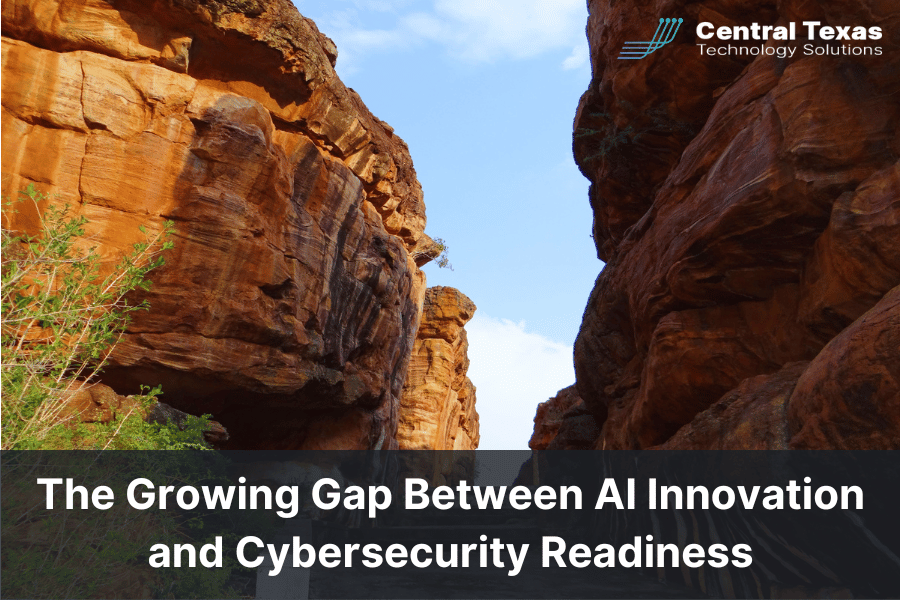
Generative AI tools are transforming businesses across industries, streamlining operations, automating tedious tasks, and enabling rapid, data-driven decision-making. Yet, as companies rush to adopt this revolutionary technology, many are finding themselves unprepared for the security risks that come with it. AI advancements are outpacing data security measures, exposing businesses to compliance challenges, data breaches, and other costly vulnerabilities.
How Machine Learning Amplifies Security Risks
AI tools rely on large language models (LLMs) that are trained using publicly available data. While this capability powers many AI advancements, it also introduces significant risks:
- Data Leakage: If a company’s information is publicly accessible, generative AI tools can absorb it and potentially misuse it.
- Unauthorized AI Use: Employees often use unsanctioned AI tools, inadvertently exposing sensitive data to public models.
- Training Gaps: A lack of employee education on secure AI usage leaves organizations vulnerable to misuse.
Compounding these issues, restrictive cybersecurity protocols often force employees to seek workarounds. While these improvised solutions may enhance productivity, they frequently create security vulnerabilities that can have serious consequences.
Closing the Gap: Strengthening Cybersecurity Against AI Risks
Despite these risks, many businesses recognize the dual role of AI in both advancing operations and strengthening security. AI-based tools can rapidly identify and counter threats, enabling security teams to focus on strategic priorities. However, the speed at which AI evolves requires organizations to implement adaptive, user-friendly security measures.
Here are some key strategies to bolster cybersecurity in the age of AI:
- Adopt Zero-Trust Environments: Ensure that sensitive data is only accessible within secure, verified networks or through VPNs.
- Implement Multi-Factor Authentication (MFA): Add layers of verification to enhance access security.
- Formalize AI Risk Management: Develop clear policies for the secure use of AI tools within your organization.
- Prioritize Employee Training: Equip staff with the knowledge to use AI responsibly and securely.
- Restrict Application Permissions: Limit access to trusted, approved applications.
- Embed Privacy by Design: Build privacy safeguards into AI tools, such as anonymizing sensitive data.
Balancing Innovation and Security
While AI offers unprecedented opportunities for growth, failing to address its security challenges can derail even the most forward-thinking organizations. By adopting proactive measures and fostering a culture of secure AI usage, businesses can unlock the full potential of AI advancements without compromising their security posture.
FAQs About AI Advancements and Cybersecurity
1. What is the biggest security risk with AI tools?
The largest risk is the misuse of sensitive data, either through unauthorized employee use of AI tools or through the exposure of information that AI models absorb and misuse.
2. How can businesses balance security protocols with employee productivity?
Organizations can create user-friendly security policies, such as implementing zero-trust networks, MFA, and clear AI usage guidelines, to minimize friction while maintaining robust defenses.
3. Are AI tools effective in strengthening cybersecurity?
Yes, AI-based tools can quickly identify threats and learn from incidents, improving efficiency and strengthening overall cybersecurity efforts when used responsibly.
Contact CTTS today for IT support and managed services in Austin, TX. Let us handle your IT so you can focus on growing your business. Visit CTTSonline.com or call us at (512) 388-5559 to get started!
